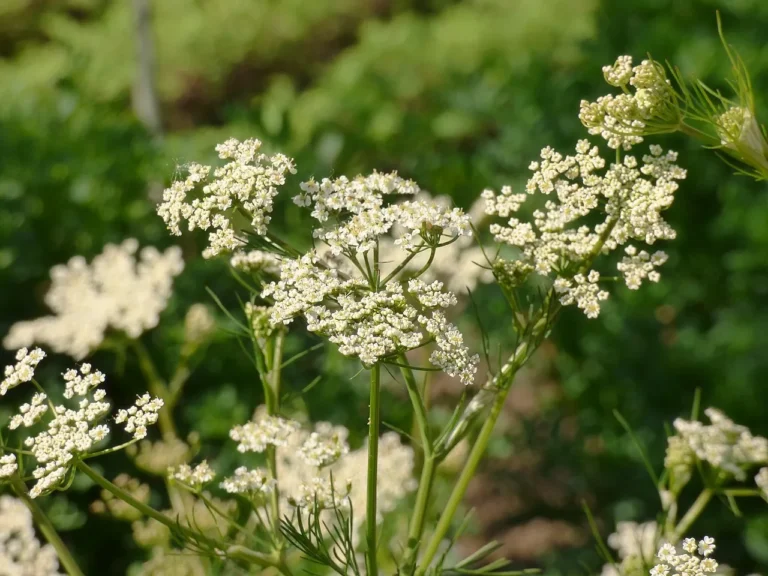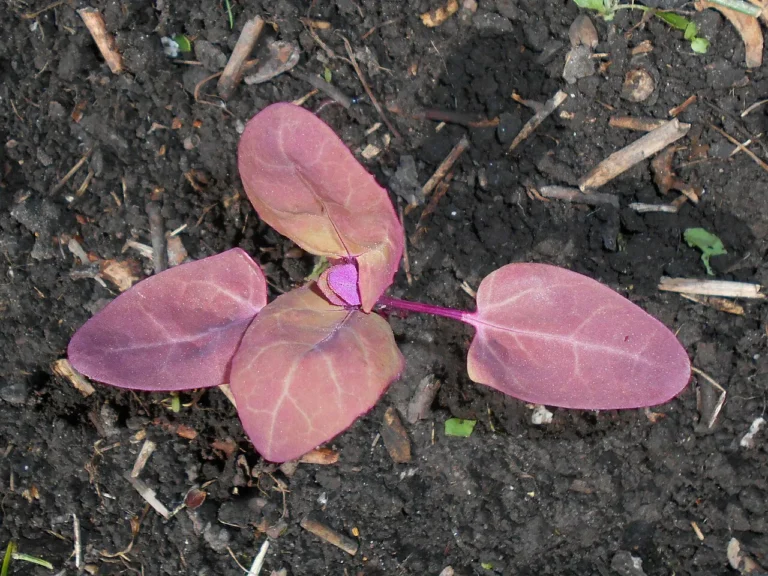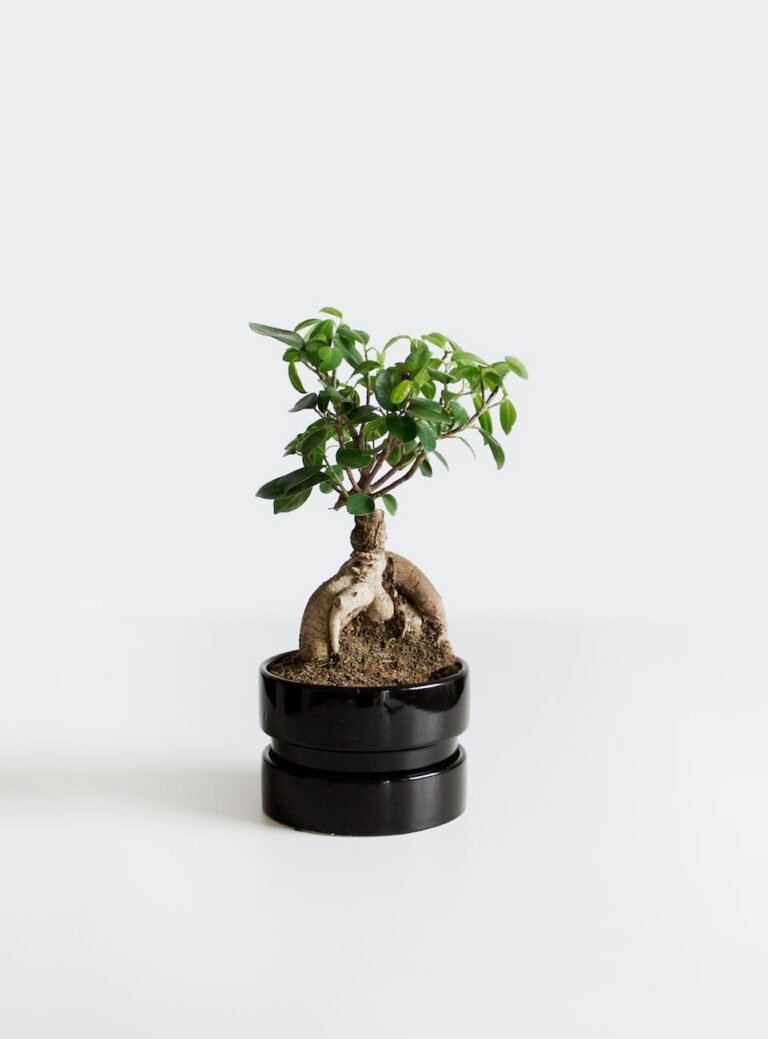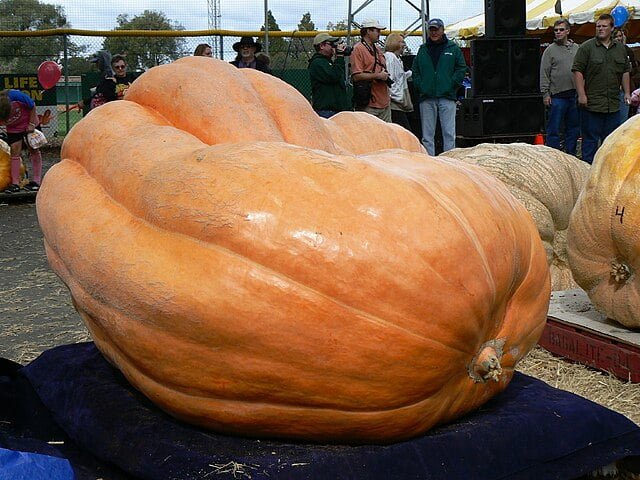The Power of Nature: Understanding Bacillus thuringiensis (Bt)
In the world of organic pest control, few tools are as well-known or as effective as Bacillus thuringiensis, commonly referred to as Bt. Derived from a naturally occurring soil bacterium, Bt is a popular option for organic and conventional growers alike. This article will explore the nature of Bt, its uses, and its significance in sustainable agriculture.
Understanding Bacillus thuringiensis
Bacillus thuringiensis is a species of bacteria naturally found in soil worldwide. What sets Bt apart is its ability to produce crystal proteins (delta endotoxins) toxic to many types of insects, particularly those in the Lepidoptera (caterpillars), Diptera (flies, mosquitoes) and Coleoptera (beetles) families. The production of these proteins is triggered when the bacteria sporulate, making it a potent biopesticide.
How Bt Works
Bt works through ingestion. When an susceptible insect eats the Bt crystals, the crystals dissolve in the insect’s gut and produce toxins that paralyze the digestive system, causing the insect to stop eating and eventually die. Importantly, Bt is specific to certain insects and is generally harmless to humans, animals, and beneficial insects.
Using Bt in the Garden
Bt comes in various formulations such as dust, liquid sprays, granules, or incorporated into genetically modified plants. In the home garden, Bt is typically used as a spray. The keys to success with Bt are timing and coverage. It should be applied when target pests are in their early larval stages and should thoroughly cover the plant parts most likely to be eaten by the pests.
Benefits of Using Bt
- Safety: Bt’s specificity means it poses minimal risk to non-target organisms, including beneficial insects, pets, and humans.
- Effectiveness: When used correctly, Bt can provide excellent control of certain pests, reducing the need for synthetic pesticides.
- Resilience: Bt can be used in rotation with other control methods in integrated pest management programs, helping to reduce the risk of pests developing resistance.
- Some Considerations
While Bt is a valuable tool, it’s not a silver bullet. It only affects certain pests and only when ingested, and it breaks down quickly in sunlight. Therefore, its use should be part of a broader, integrated pest management strategy.
Bacillus thuringiensis is a unique tool in the gardener’s arsenal, offering a safe, effective means of controlling many common pests. Understanding how Bt works and how best to use it can greatly enhance its effectiveness and sustainability as a pest control method. In embracing tools like Bt, we can build healthier, more resilient gardens and contribute to a more sustainable future. Happy gardening!







